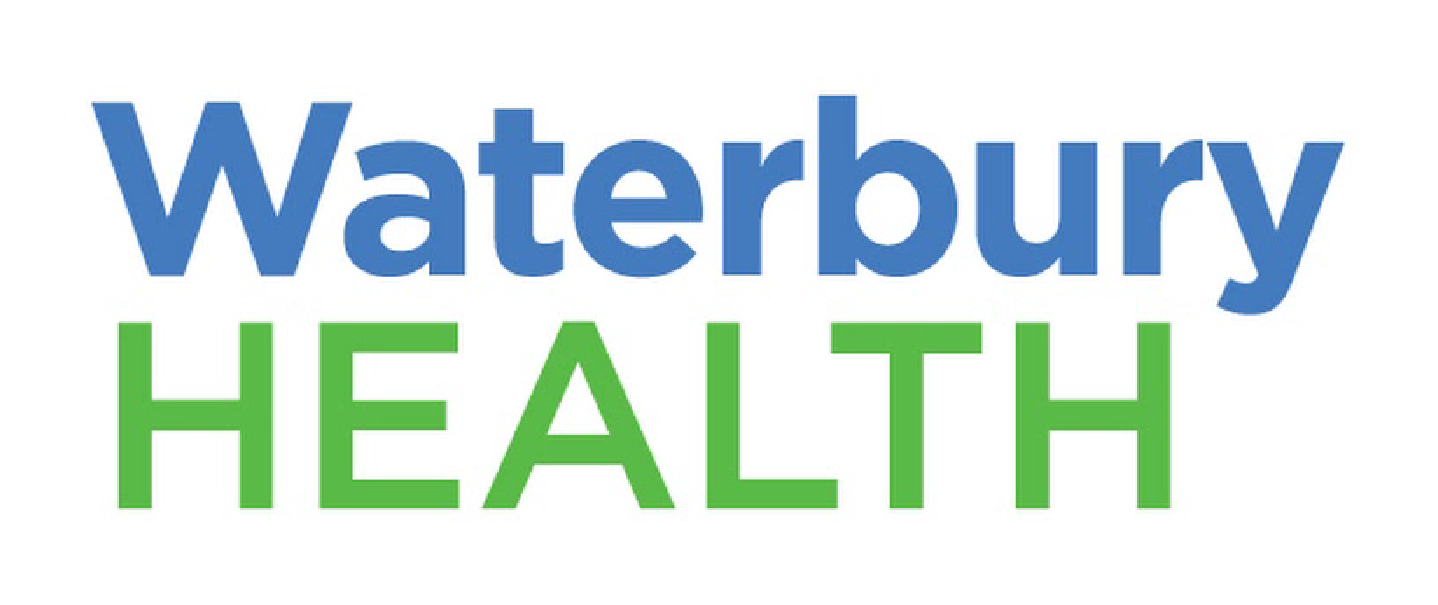To Find Breast Cancer Early, Get Screened!
October is Breast Cancer Awareness Month and an opportunity to talk about the importance of breast care and breast health.
One of the key things women need to keep in mind about breast cancer is the importance of early detection, before the cancer has spread, when it is easier to treat.
Breast cancer is the second most common cancer among women in the United States. In 2021, The American Cancer Society (ACS) estimates about 281,550 new cases of female breast cancer will be reported in this country, and 43,600 women will die of the disease. There is positive news, though. The ACS also estimates that, when breast cancer is detected early before it has spread, the 5-year survival rate for women is 99%.
Symptoms of Breast Cancer
The symptoms of breast cancer are different for different women – and some women do not have any symptoms at all. Some of the signs and symptoms of breast cancer include:
- A new lump in the breast or armpit
- Thickening or swelling of part of the breast
- Irritation or dimpling of breast skin
- Redness or flaky skin in the nipple area or the breast
- Pulling in of the nipple or pain in the nipple area
- Nipple discharge other than breast milk, including blood
- Any change in the size or the shape of the breast
- Pain in any area of the breast
It’s important to remember that many of these symptoms can be caused by other conditions than breast cancer. For example, the most common causes of lumps in the breast are caused by fibrocystic breast condition (noncancerous changes in the breast) and cysts. Consult your doctor if you think you have any of these symptoms.
Screening for Breast Cancer
Breast self-exams, when you examine your own breasts every month for signs of cancer, can be an important way to detect breast cancer at an early stage, especially when combined with other screening methods. Being familiar with how your breasts look and feel can help you notice symptoms such as lumps, pain, or changes in size. Here are some specific steps for how to conduct a breast self-exam. You should report any changes that you notice to your doctor, who may perform a clinical breast exam to feel for lumps or other changes.
Mammograms, X-rays of the breasts, are an important tool for detecting breast cancer early. The ACS recommends that women who are 45 to 54 and at average risk for breast cancer get a mammogram every year. Women 55 and older can switch to a mammogram every other year, or they can choose to continue yearly mammograms. Women between 40 and 44 have the option to start screening with a mammogram every year.
3-D mammography is a comparatively new advanced technology that takes multiple images from different angles to recreate a 3-dimensional picture of the breast. The images in a 3-D mammogram are clearer and more lifelike than in a standard 2-D mammogram, making it easier for radiologists to detect signs of breast cancer.
Women at high risk of breast cancer may have breast magnetic resonance imaging (MRI) in conjunction with a mammogram to screen for the disease. Breast MRIs use magnets and radio waves to take pictures of the breasts. However, they are not used for women of average risk because breast MRIs may appear abnormal even when there is no cancer present.
Risk Factors for Breast Cancer
Most breast cancers are found in women 50 and older, so age is the primary risk factor for this disease. Other risk factors that you have no control over include having a family or personal history of breast or ovarian cancer, having dense breasts, or having Inherited changes to certain genes, such as BRCA1 and BRCA2.
However, there are risk factors that you can change to reduce your chances of getting breast cancer. These include lifestyle changes such as staying physically active, exercising regularly to maintain a healthy weight, quitting smoking, and reducing your alcohol intake. Excess alcohol consumption for women is defined as having more than seven standard drinks per week or more than three drinks on any given day. A standard drink is 5 ounces of wine, 12 ounces of beer or 1.5 ounces of an 80-proof spirit. Hormone replacement therapy (HRT) is another risk factor you should be aware of. The longer you use HRT, the greater your risk for breast cancer, so check with your doctor to make sure you are taking only the least amount possible of HRT.
And remember: Getting regular screening tests is the most reliable way to detect breast cancer early.
That should be something we keep in mind every month of the year – not just in October!
